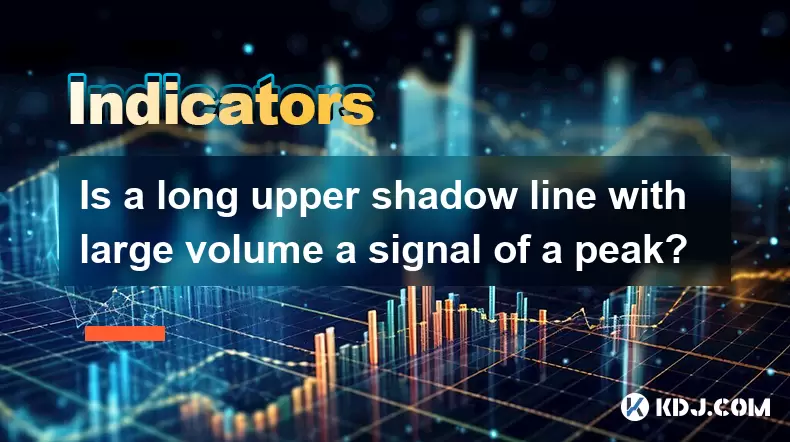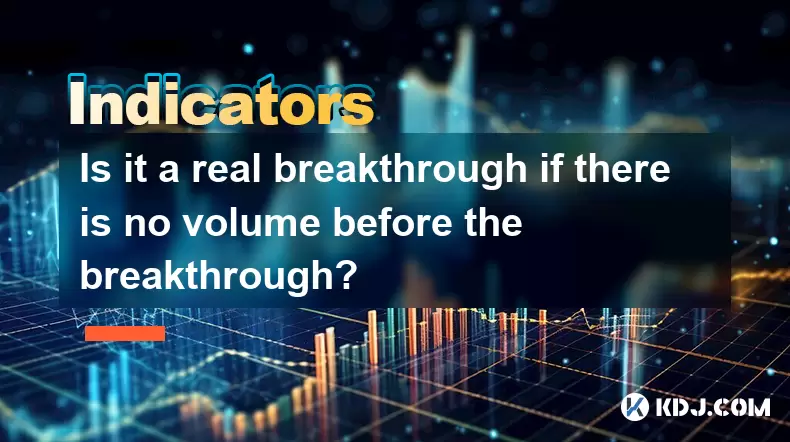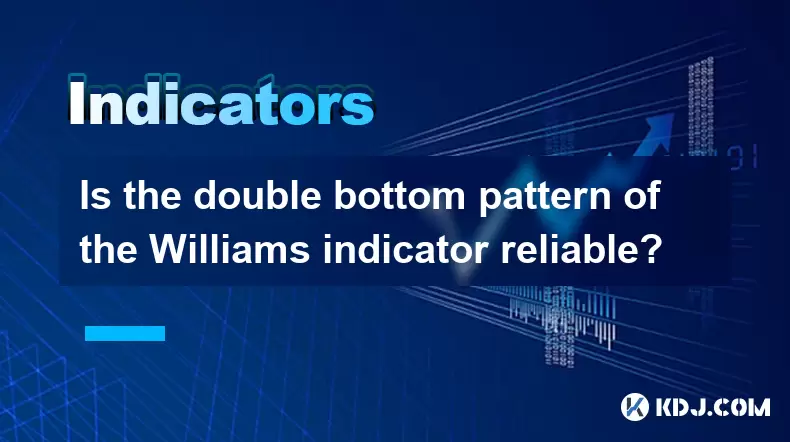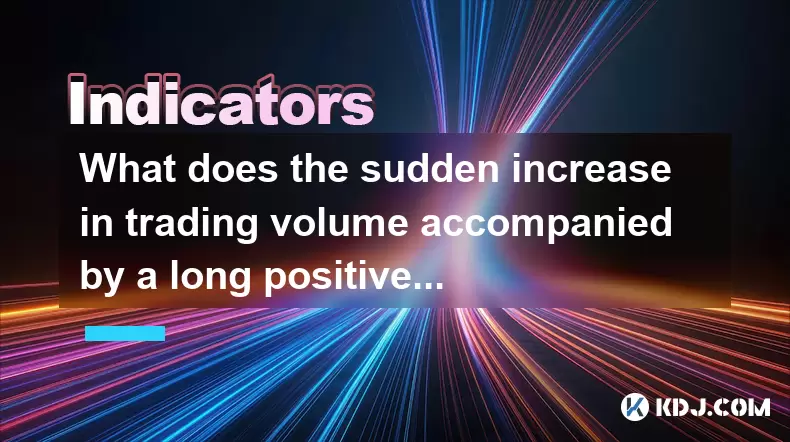-
 Bitcoin
Bitcoin $106,754.6083
1.33% -
 Ethereum
Ethereum $2,625.8249
3.80% -
 Tether USDt
Tether USDt $1.0001
-0.03% -
 XRP
XRP $2.1891
1.67% -
 BNB
BNB $654.5220
0.66% -
 Solana
Solana $156.9428
7.28% -
 USDC
USDC $0.9998
0.00% -
 Dogecoin
Dogecoin $0.1780
1.14% -
 TRON
TRON $0.2706
-0.16% -
 Cardano
Cardano $0.6470
2.77% -
 Hyperliquid
Hyperliquid $44.6467
10.24% -
 Sui
Sui $3.1128
3.86% -
 Bitcoin Cash
Bitcoin Cash $455.7646
3.00% -
 Chainlink
Chainlink $13.6858
4.08% -
 UNUS SED LEO
UNUS SED LEO $9.2682
0.21% -
 Avalanche
Avalanche $19.7433
3.79% -
 Stellar
Stellar $0.2616
1.64% -
 Toncoin
Toncoin $3.0222
2.19% -
 Shiba Inu
Shiba Inu $0.0...01220
1.49% -
 Hedera
Hedera $0.1580
2.75% -
 Litecoin
Litecoin $87.4964
2.29% -
 Polkadot
Polkadot $3.8958
3.05% -
 Ethena USDe
Ethena USDe $1.0000
-0.04% -
 Monero
Monero $317.2263
0.26% -
 Bitget Token
Bitget Token $4.5985
1.68% -
 Dai
Dai $0.9999
0.00% -
 Pepe
Pepe $0.0...01140
2.44% -
 Uniswap
Uniswap $7.6065
5.29% -
 Pi
Pi $0.6042
-2.00% -
 Aave
Aave $289.6343
6.02%
The trend of the next day after the late trading dive: the difference between the main force washing and shipping
A sharp late-night crypto drop may signal either a temporary wash by big players or a sustained sell-off, with next-day price action revealing the true intent.
Jun 13, 2025 at 06:07 pm

Understanding the Next-Day Trend After a Late Trading Dive
When a cryptocurrency experiences a sharp decline in price during late trading hours, traders and investors often look to the following day for clues on market sentiment. The next-day trend can either signal a continuation of the bearish momentum or indicate a potential rebound. This is especially important in crypto markets due to their 24/7 nature, where off-peak trading hours can still result in significant price swings.
One of the key factors that influence this trend is whether the decline was caused by main force washing or main force shipping. These two scenarios have distinct implications for short-term and intraday price action.
Main force washing refers to when large institutional players or whales intentionally push prices down to shake out weaker hands and accumulate assets at lower levels.
Main force shipping, on the other hand, involves these same entities selling off their holdings en masse without plans to re-enter, signaling a more sustained downtrend.
The distinction between the two becomes crucial for positioning strategies in the next trading session.
Identifying Main Force Washing Through Chart Patterns
To determine whether a late-night dive was part of a wash cycle, one must closely examine volume and candlestick formations. A wash typically occurs with high volume but limited downside follow-through, suggesting aggressive buying below certain price levels.
- Volume spikes during the fall followed by immediate absorption suggests accumulation.
- Long lower wicks on candles imply rejection of lower prices and possible support building.
- Immediate reversal attempts after hitting key psychological or technical levels point toward manipulation rather than organic selling.
In such cases, the next day’s movement may show signs of strength, including higher open prices or strong resistance testing early in the session.
Recognizing Signs of Main Force Shipping
Unlike washing, shipping involves a deliberate and sustained sell-off without any attempt to stabilize or reabsorb the dumped coins. This is often seen when large holders are exiting positions permanently, possibly due to regulatory changes, network upgrades, or broader macroeconomic shifts.
- Sustained low volume during and after the drop indicates lack of interest from buyers.
- Short upper and lower wicks suggest no real struggle over price control.
- Continuation patterns like descending triangles or bear flags appear shortly after the drop.
If the next trading session opens below the previous close and shows weak rebound attempts, it reinforces the narrative of shipping rather than temporary consolidation.
How Market Depth Reflects the Nature of the Drop
Market depth analysis provides critical insights into whether a drop was orchestrated or organic. In a wash scenario, large orders will be placed just below the current price to absorb incoming sells, preventing a freefall. This creates a visible "wall" in order books.
Conversely, in a shipping scenario, there will be an overwhelming presence of large sell walls with minimal buy pressure. Orders might be executed through multiple exchanges simultaneously, indicating coordinated dumping.
Traders should check:
- Order book imbalances before and after the drop.
- Exchange inflows/outflows of large wallets using blockchain analytics tools.
- Time-stamped trade data to detect spoofing or wash trading tactics.
These observations help in distinguishing genuine panic selling from calculated moves by major players.
Price Action Confirmation in the Following Session
The most reliable way to differentiate between the two types of drops is to observe how the market reacts in the next trading window. If the asset gaps up and quickly retraces a significant portion of the prior night’s loss, it strongly supports the wash theory.
On the contrary, if the next session sees continued selling pressure, new lows, and failure to reclaim key moving averages, it confirms that the main force was indeed shipping.
- Watch for gap fills within the first few hours of trading.
- Monitor RSI divergence — bullish divergence hints at hidden demand.
- Check for retest failures at previously broken support zones.
These signals allow traders to position accordingly, either by fading the move or riding the emerging trend.
Frequently Asked Questions (FAQ)
Q: How do I differentiate between retail panic selling and main force actions?
Retail panic selling usually lacks coordination and appears sporadic across exchanges. Main force actions tend to be synchronized, involve large volumes, and target specific price points or psychological thresholds.
Q: Can both washing and shipping happen on the same day?
Yes, especially in volatile assets. Sometimes main forces wash in one region while shipping in another, depending on their strategy or external news flow.
Q: Are altcoins more prone to main force manipulation than Bitcoin or Ethereum?
Generally, yes. Lower liquidity altcoins are easier targets for manipulation due to thinner order books and less diversified ownership structures.
Q: What tools can I use to track real-time order book changes?
Platforms like Whalemap, Glassnode, and CryptoQuant offer advanced tools for tracking on-chain activity and exchange flows. Order book visualization tools like Depth.Market also provide live depth charting.
Disclaimer:info@kdj.com
The information provided is not trading advice. kdj.com does not assume any responsibility for any investments made based on the information provided in this article. Cryptocurrencies are highly volatile and it is highly recommended that you invest with caution after thorough research!
If you believe that the content used on this website infringes your copyright, please contact us immediately (info@kdj.com) and we will delete it promptly.
- 2025-W Uncirculated American Gold Eagle and Dr. Vera Rubin Quarter Mark New Products
- 2025-06-13 06:25:13
- Ruvi AI (RVU) Leverages Blockchain and Artificial Intelligence to Disrupt Marketing, Entertainment, and Finance
- 2025-06-13 07:05:12
- H100 Group AB Raises 101 Million SEK (Approximately $10.6 Million) to Bolster Bitcoin Reserves
- 2025-06-13 06:25:13
- Galaxy Digital CEO Mike Novogratz Says Bitcoin Will Replace Gold and Go to $1,000,000
- 2025-06-13 06:45:13
- Trust Wallet Token (TWT) Price Drops 5.7% as RWA Integration Plans Ignite Excitement
- 2025-06-13 06:45:13
- Ethereum (ETH) Is in the Second Phase of a Three-Stage Market Cycle
- 2025-06-13 07:25:13
Related knowledge

Is a long upper shadow line with large volume a signal of a peak?
Jun 17,2025 at 05:07am
Understanding the Long Upper Shadow LineA long upper shadow line, often referred to as a shooting star or inverted hammer depending on its location in a chart, is a candlestick pattern that indicates potential reversal from an uptrend. This pattern forms when prices rise significantly during the trading period but then fall back to close near the openin...

How to confirm the effectiveness of the average price line support in the time-sharing chart?
Jun 17,2025 at 12:56am
Understanding the Time-Sharing Chart and Its RelevanceIn cryptocurrency trading, time-sharing charts play a crucial role in analyzing short-term price movements. These charts typically display price fluctuations over a specific period, often ranging from minutes to hours. Traders rely on them to make quick decisions based on real-time data. The average ...

Is it a real breakthrough if there is no volume before the breakthrough?
Jun 17,2025 at 08:03am
Understanding the Concept of a Breakthrough in Cryptocurrency TradingIn cryptocurrency trading, a breakthrough typically refers to a price movement that surpasses a key resistance or support level. Traders often look for such events as potential signals for trend continuation or reversal. However, a crucial factor that determines the strength and reliab...

What does it mean when the momentum indicator breaks above the zero axis?
Jun 17,2025 at 12:43am
Understanding the Momentum IndicatorThe momentum indicator is a technical analysis tool used to measure the speed or velocity of price movements in cryptocurrency markets. It helps traders identify potential trend reversals, overbought or oversold conditions, and confirms existing trends. The indicator typically oscillates around a zero line, with value...

Is the double bottom pattern of the Williams indicator reliable?
Jun 17,2025 at 03:56am
Understanding the Williams Indicator and Its SignificanceThe Williams %R indicator, often referred to as Williams Percent Range, is a momentum oscillator used in technical analysis to identify overbought or oversold conditions in the market. Developed by Larry Williams, this indicator fluctuates between 0 and -100, with readings above -20 indicating ove...

What does the sudden increase in trading volume accompanied by a long positive line mean?
Jun 17,2025 at 06:01am
Understanding the Sudden Surge in Trading VolumeWhen traders observe a sudden increase in trading volume, it typically signals a significant shift in market sentiment. This surge often indicates that more participants are entering or exiting positions, which could be due to news events, macroeconomic data releases, or institutional activity. High tradin...

Is a long upper shadow line with large volume a signal of a peak?
Jun 17,2025 at 05:07am
Understanding the Long Upper Shadow LineA long upper shadow line, often referred to as a shooting star or inverted hammer depending on its location in a chart, is a candlestick pattern that indicates potential reversal from an uptrend. This pattern forms when prices rise significantly during the trading period but then fall back to close near the openin...

How to confirm the effectiveness of the average price line support in the time-sharing chart?
Jun 17,2025 at 12:56am
Understanding the Time-Sharing Chart and Its RelevanceIn cryptocurrency trading, time-sharing charts play a crucial role in analyzing short-term price movements. These charts typically display price fluctuations over a specific period, often ranging from minutes to hours. Traders rely on them to make quick decisions based on real-time data. The average ...

Is it a real breakthrough if there is no volume before the breakthrough?
Jun 17,2025 at 08:03am
Understanding the Concept of a Breakthrough in Cryptocurrency TradingIn cryptocurrency trading, a breakthrough typically refers to a price movement that surpasses a key resistance or support level. Traders often look for such events as potential signals for trend continuation or reversal. However, a crucial factor that determines the strength and reliab...

What does it mean when the momentum indicator breaks above the zero axis?
Jun 17,2025 at 12:43am
Understanding the Momentum IndicatorThe momentum indicator is a technical analysis tool used to measure the speed or velocity of price movements in cryptocurrency markets. It helps traders identify potential trend reversals, overbought or oversold conditions, and confirms existing trends. The indicator typically oscillates around a zero line, with value...

Is the double bottom pattern of the Williams indicator reliable?
Jun 17,2025 at 03:56am
Understanding the Williams Indicator and Its SignificanceThe Williams %R indicator, often referred to as Williams Percent Range, is a momentum oscillator used in technical analysis to identify overbought or oversold conditions in the market. Developed by Larry Williams, this indicator fluctuates between 0 and -100, with readings above -20 indicating ove...

What does the sudden increase in trading volume accompanied by a long positive line mean?
Jun 17,2025 at 06:01am
Understanding the Sudden Surge in Trading VolumeWhen traders observe a sudden increase in trading volume, it typically signals a significant shift in market sentiment. This surge often indicates that more participants are entering or exiting positions, which could be due to news events, macroeconomic data releases, or institutional activity. High tradin...
See all articles

























































































